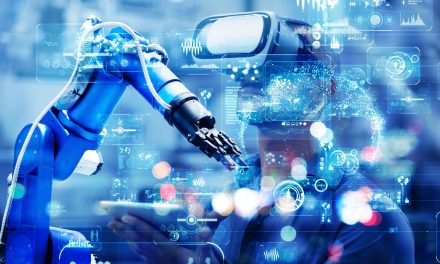The prolific APT and RaaS group Conti is out for blood, so manufacturers should be fastidious about backups, software-defined micro-segmentation
This year, the world’s largest ransomware gang Conti has targeted the global manufacturing industries, followed by those supply business services and those in retail, according to H1 2022 findings of Akamai Technologies, Inc.
The manufacturing industry was involved in nearly 30% of ransomware attacks, while Business Services and Retail industries were involved in 13.37% and 11.14%, respectively.
With a majority of manufacturers in the region prioritizing automation and digitalization for greater operational efficiency and resilience, more machines are getting networked, via Industrial IoT, 5G and other smart factory technologies. This has widened the attack surface and created new in-roads for cyber attackers.

According to the firm’s Director of Security Technology and Strategy (APJ), Dean Houari: “Manufacturing is one of the Asia Pacific region’s most valuable industries; attackers remain financially motivated, and the industry presents a prime target for ransomware attacks, since they cannot afford downtime and disruption especially when long supply chains depend on parts or products. Very often, manufacturers end up paying the ransom to reduce disruption to operations or the delivery of products to customers.”
Akamai’s research into Conti’s activities reveals that the latter is one of the world’s most prolific Ransomware-as-a-Service (RaaS) providers that has been making their most effective tactics, techniques, and procedures available by selling them to other hackers.
In the context of manufacturing, attacks can have far reaching consequences, including long-term supply chain disruptions, such as when a quarter of American meat supplies had to be shut down in 2021 during a widespread ransomware attack on JBS S.A involving factories in the US, Canada and Australia, and a US$11m ransom was paid.
When disruptions happen in critical industries such as pharmaceuticals, food and beverage, transportation and even medical devices, the impact on the lives of citizens can be significant and long-term.





















